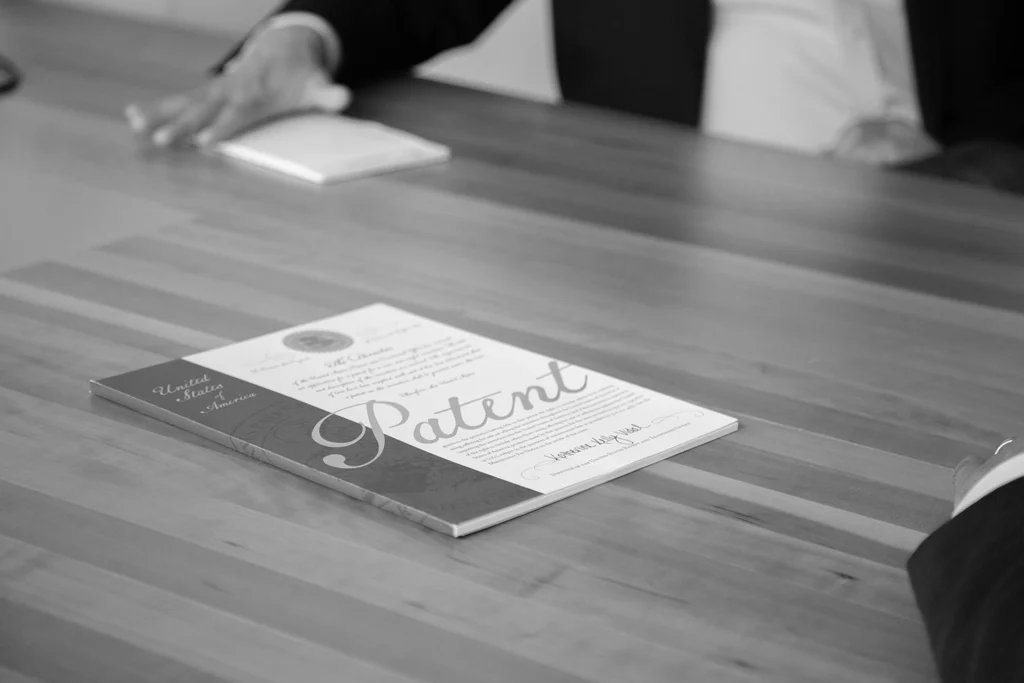Circumstantial evidence seals induced patent infringement liability
It may seem apparent to patentees when someone is inducing third parties to infringe their patents, but it’s not always easy to prove in a court of law. The U.S. Court of Appeals for the Federal Circuit, which hears all patent-related appeals, recently provided a welcome reminder that sometimes circumstantial evidence can go a long way. The court also weighed in on the proper calculation of lump-sum reasonable royalty damages.
A lens into the dispute
Enplas Display Device Corporation (EDD) is a Japanese manufacturer of plastic lenses used in the light bars that backlight flat-screen televisions. Seoul Semiconductor Company (SSC) is a Korean company that manufactures and sells light-emitting diodes (LEDs), which also are used in light bars. It holds two U.S. patents on light bars.

From November 2010 to June 2011, the companies collaborated to make lenses for SSC’s light bars. Although SSC informed EDD that the bars, including the lenses, were covered by its patents, EDD sold the lenses to other manufacturers. Some of the resulting light bars ended up in products sold in the United States.
SSC sent EDD a letter alleging that EDD was inducing the infringement of its patents. EDD responded by seeking a declaratory judgment that SSC’s patents were invalid and not infringed. SSC counterclaimed for induced infringement and sought damages. Specifically, it claimed that EDD induced its direct and indirect customers to import, use, sell or offer for sale products infringing SSC’s patents.
After trial, the jury found that EDD had indeed induced infringement of the patents and awarded SSC $4 million in damages for a one-time “freedom-to-operate” (or right to use without legal liability) payment for one patent and $70,000 for the other. The verdict form specified that the freedom-to-operate payment was for all EDD products, including lenses not accused of infringement. EDD appealed.
Light, but sufficient, evidence
To succeed on a claim of induced infringement, a patent owner must show, among other things, that the defendant knowingly induced infringement and had specific intent to encourage another’s infringement. The appeals court acknowledged that this was “a close case” but determined that the jury could reasonably find that EDD had the requisite knowledge and intent.
The court noted that EDD didn’t dispute its knowledge of the patents or that it was informed that they covered the collaborated product. EDD had a 50% worldwide market share, and its customers sold televisions in the United States — supporting the inference that it knew of the likelihood its lenses would end up in the United States.
However, the appeals court conceded that mere knowledge of possible infringement isn’t enough to establish specific intent. It nonetheless concluded that the evidence provided sufficient circumstantial evidence to uphold the jury’s finding of knowledge and intent.
Damages reflect expert error
The news was better for EDD on the damages front. EDD contended that the only evidence supporting the $4 million award was expert testimony that improperly included noninfringing devices in the royalty calculation.
SSC countered that, because its expert characterized her use of the volume of sales of nonaccused lenses as a “paid-up, lump sum royalty” to ease an “administrative burden,” her application of a royalty to nonaccused lenses was acceptable. The appeals court disagreed.
A jury can award a lump-sum, paid-in-full royalty in lieu of a running royalty on future sales, it said. But that lump sum must be based on an estimate of the extent of future sales of accused products, not on past sales of nonaccused products.
Stay tuned
Notably, the court’s ruling on the damages award doesn’t let EDD off the hook. The appeals court upheld the finding of induced infringement and sent the case back to the trial court for further proceedings on the proper amount of damages. •
Enplas Display Device Corp. v. Seoul Semiconductor Co., Ltd., No. 16-2599, Nov. 19, 2018, Fed. Cir.

